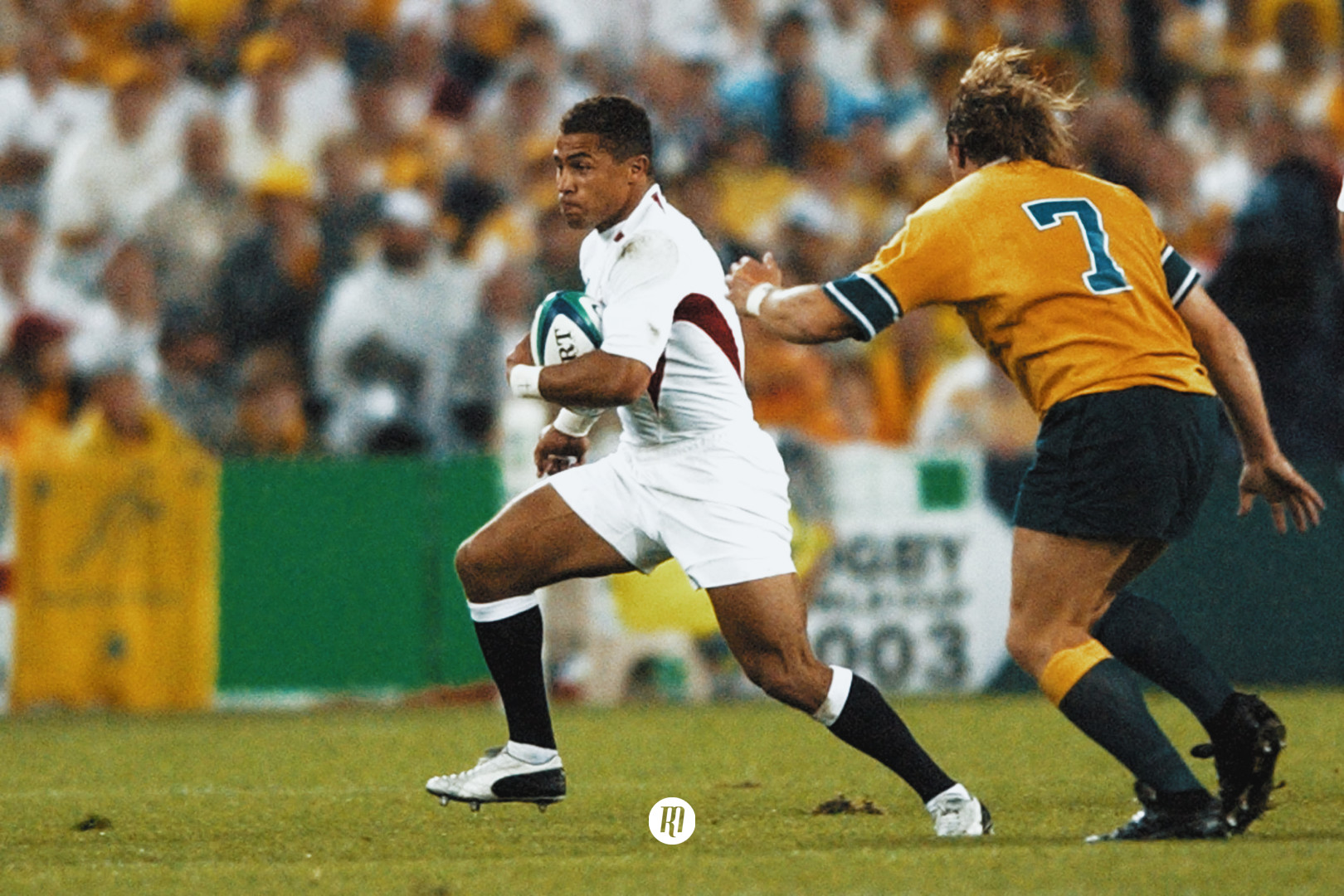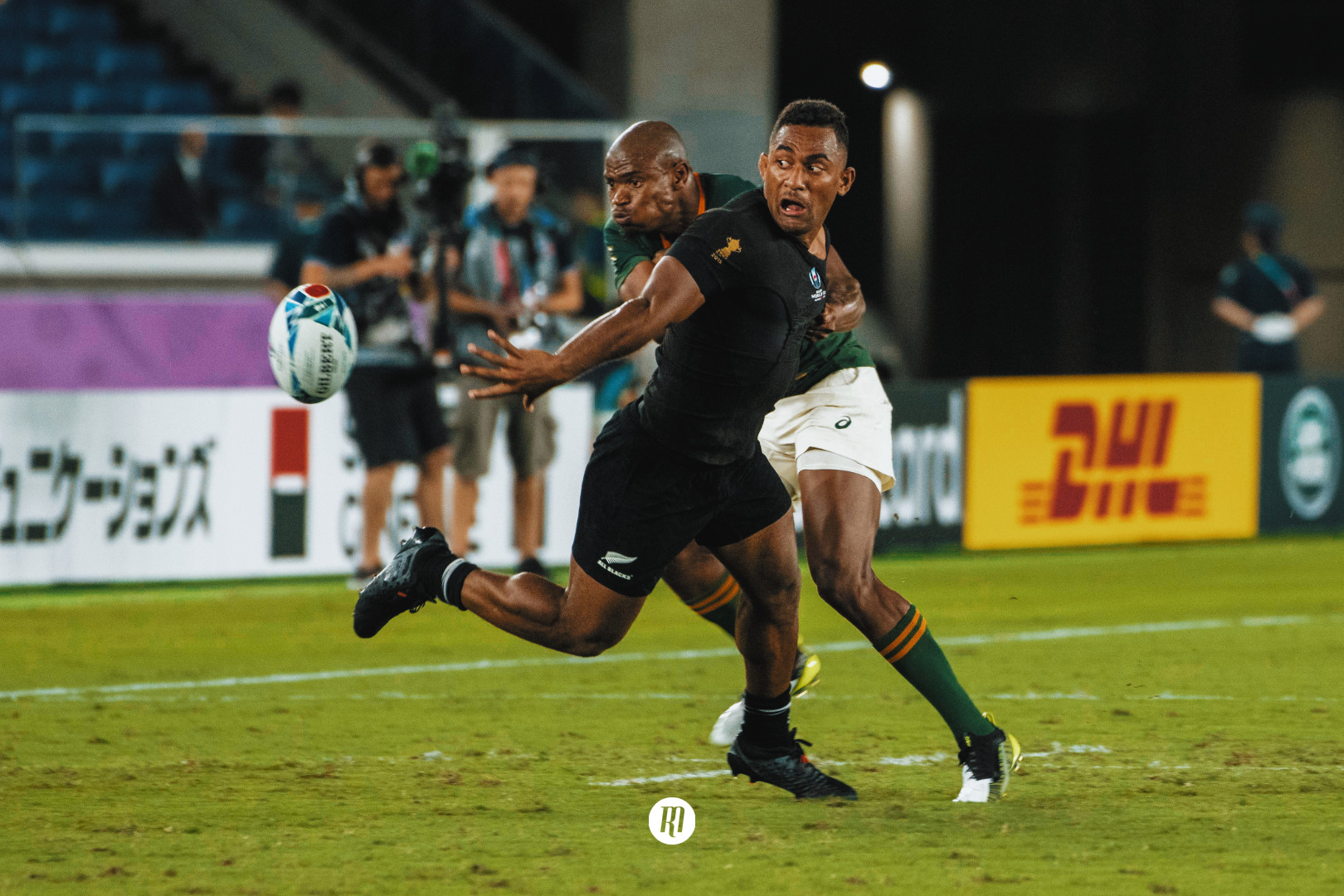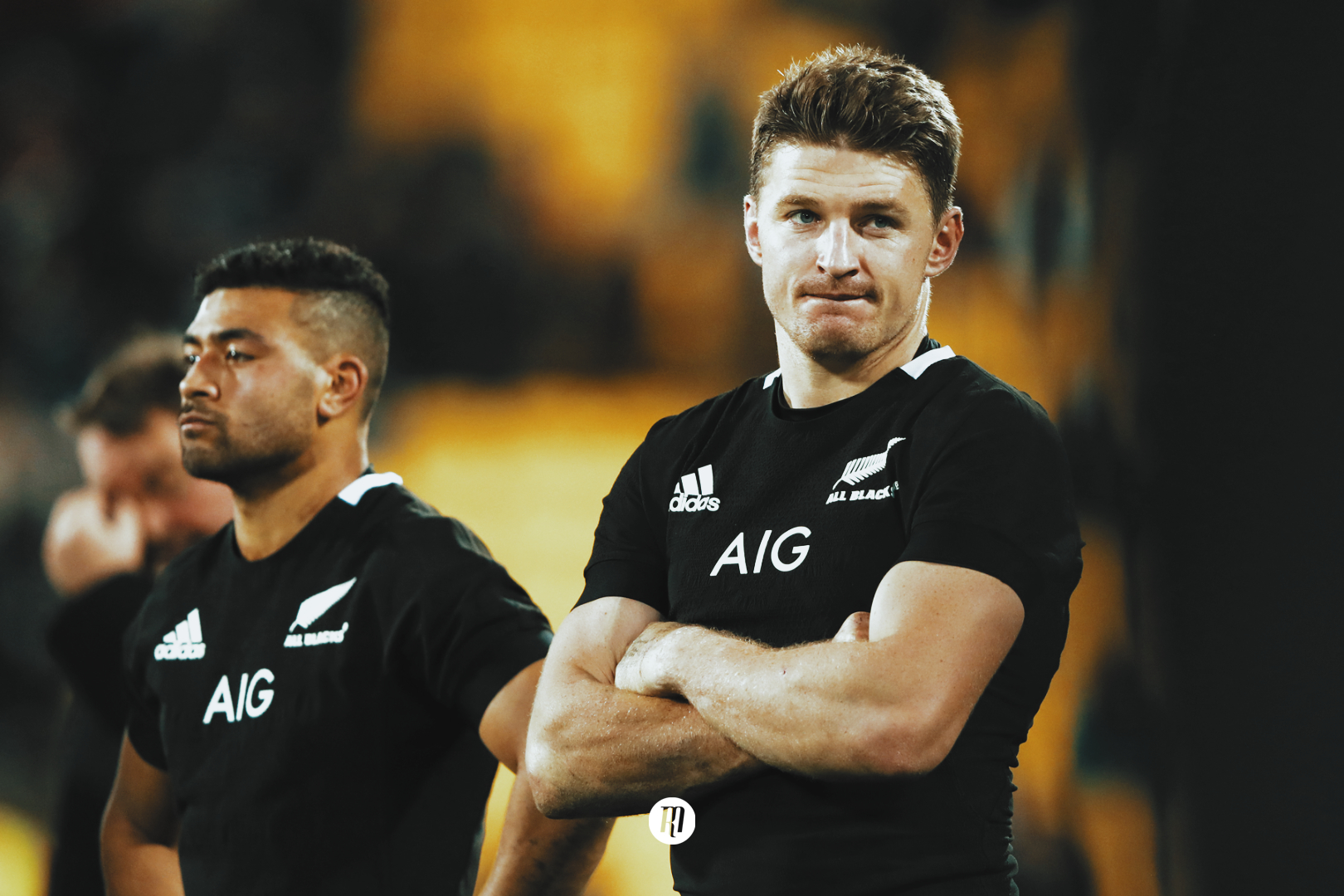Match Analysis: Hurricanes v Lions
The Hurricanes and the Lions played out an often frantic, but ultimately exciting game of end-to-end rugby in Wellington that kept fans on the edge of their seat right through to the final whistle. Join us as we take a look at the key areas of the game.
For the final midweek game of this tour, the Hurricanes and the Lions served up an exciting end to end game of rugby that maintained its intensity to the very last minute. By the time the final whistle was blown, the sides found themselves tied on thirty-one points apiece.
While one of the big focuses of this tour has been the quality of the Lions line speed in defence, it was the attacking quality of both sides that shone through, and while a draw is perhaps a fair reflection of the game overall, there were times where either side could have established themselves early on.
Before the game, the Hurricanes would have been boosted by those players released from the All Black squad to play, and the Lions’ fans would have been excited at the prospect of the side lining up against the likes of Julian Savea, Nehe Milner-Skudder and Jordie Barrett in the back three.
As it was, this was a game of two halves, with the Lions sitting astride the first and the Hurricanes the second. But this belies the nature of the game; neither side was ever truly in control of the game despite the scoreboard suggesting otherwise.
The Lions started the game with a great tempo and intensity, but it took 10 minutes to register any points, and it would then be a further 7 minutes before they got over the try line. Overall, the opening period of the game was scrappy though, and in some ways this was perhaps accentuated by the amount of players on the field for whom a good performance could mean selection at the weekend; this being said for both sides.
Discipline
When the first half closed, the Lions were looking strong on the scoreboard, leading the Hurricanes 23 points to 6. This belies the nature of the half however. The Lions managed to capitalise on two opportunities that luck had presented to them, and had the ball bounced ever so slightly differently, the Lions might have gone into the break with only a two point lead.
Indeed further to this, had the Hurricanes not maintained better discipline in the first half, they might very well have been able to stamp some authority on the game a lot sooner. They built well in attack through the forwards and then utilised the created space out wide well, but continually confounded their efforts by giving away unnecessary penalties. They matched the Lions well in the scrum, and despite pressure from Courtney Lawes, their line out performed well; but they were often offside in defence, which ensured the Lions could edge away at territory.
In some respects, this is no different to the problems that the Lions faced earlier on in this tour. The Hurricanes were eager to get up quickly in defence, but often too eager. This manifested in opportunities at goal, with Dan Biggar duly obliging.
It was during a period of Hurricanes build up play that the Lions scored their first try; a strong tackled from Tommy Seymour forced a loose pass upon which Greig Laidlaw was able to pounce. He made it to the half way line, and after holding play up really well was able to pop the ball off to the onrushing Seymour who cantered away for the opening score.
The Hurricanes picked up their own score in the first half, going through 10 phases in the forwards before Callum Gibbins crashed over the line, and this was testament to what was otherwise a good performance. But another silly error, with Ben May holding back Greig Laidlaw as he rushed through to charge down a kick, resulted in a penalty opportunity just to the left of the sticks for Dan Biggar. Another three points and the Lions were slowly creeping away.
Then, with five minutes to go before the break, Dan Biggar put up a high ball for which Leigh Halfpenny and Nehe Milner-Skudder challenged unsuccessfully. The ball bounced kindly for Henderson, and his quick hands released George North who calmly touched down beneath the posts.
The scoreboard was weighted in the Lions’ favour, and if they could tighten a few areas and gain the ascendancy in the opening periods of the first half, they could take a strong victory with them into the second test against the All Blacks.
Except, that didn’t really happen.
Fourteen Men
Whatever was said in the Hurricanes’ dressing room at half time galvanised them into an exceptional start to the second half; a move that swept the ball right was juxtaposed with a short inside pass that released Julian Savea through the middle. Waiting to the last minute to draw as many men in as possible, he moved the ball to Ngani Lauampe who withstood Dan Biggar’s challenge to dot down in the corner.
Twenty-three points to fourteen. The comeback was on.
And yet, it wasn’t; a high tackle from Te Toiroa Tahuriorangi resulted in a yellow card and the Hurricanes were down to fourteen men. In the end, nothing defined this half more than the quantity of players on the field and the ability of each team to capitalise.
During the ten minutes that Tahuriorangi found himself off the field, the Lions managed to tally a penalty and a try, with Tommy Seymour again getting over the try line after a great pass from Dan Biggar had bypassed the rush defence. When he came back onto the field, the Lions had extended their lead to 31 points to 17.
However, this game was still not over.
Minutes after Te Toiroa Tahuriorangi had retuned to the field, it would be the turn of Iain Henderson to find himself in the stands. Adjudged to have rucked illegally, he was given a yellow card, and the resulting ten minutes would prove fatal to the Lions. It was a shame that Henderson found himself in this position; his performance to this point in the game had been excellent.
Within two minutes of Henderson leaving the field, the Hurricanes scored through Wes Goosen who had little to do after Jordie Barrett’s pass had taken the Lions’ defence out of the game. Three minutes later and the comeback was completed by Vaea Fifita who picked the ball up from the back of a ruck beneath the posts and dived over the line.
Thirty-one points apiece.
The dying moments of the game were tense and tight, with both teams having opportunities. Eventually the game reached its conclusion when a Dan Biggar drop goal, swinging side to side through the air, bounced harmlessly underneath the cross bar. Milner-Skudder was unable to keep the ball in play, and Romain Poite put his whistle to his lips to round out one of the most exciting games of this tour.
Conclusion
This was a fantastic game of rugby for the neutral, but the Lions will be left wondering how the Hurricanes managed to claw their way back into the game.
Despite their poor opening discipline, the Hurricanes conceded few penalties throughout the second half and finished with eleven. The Lions on the other hand kept their count to single figures, which is a lot better than their opening games on this tour.
That said, even with such good discipline from the Lions, they will be disappointed not to have been able to dominate more upfront, and if the first test showed us anything, it is that the Lions need to compete more at the breakdown to stand a chance of defeating the All Blacks.

Filed under:
British & Irish Lions, Match Analysis
Written by: Edward Kerr
Follow: @edwardrkerr · @therugbymag




